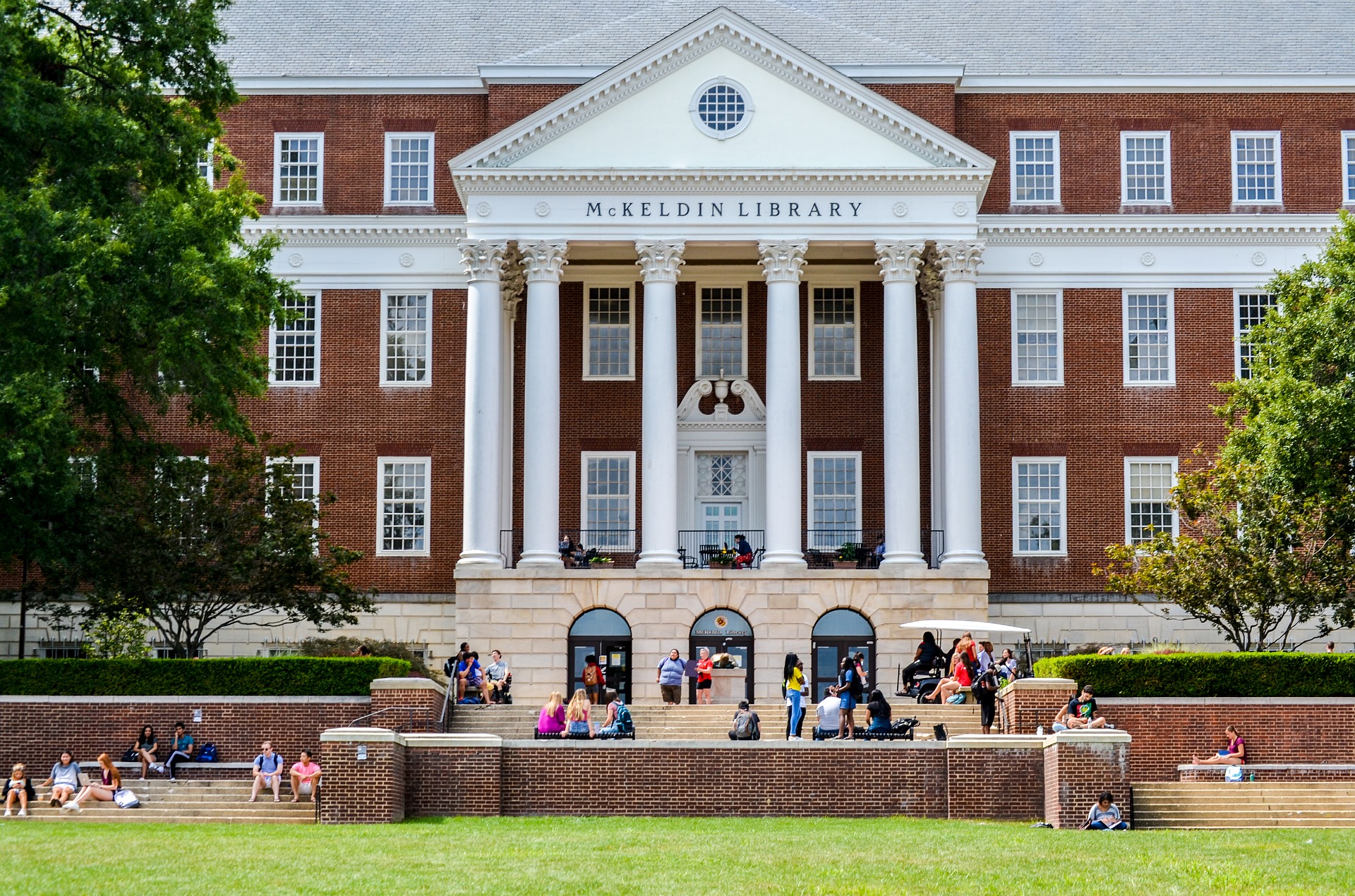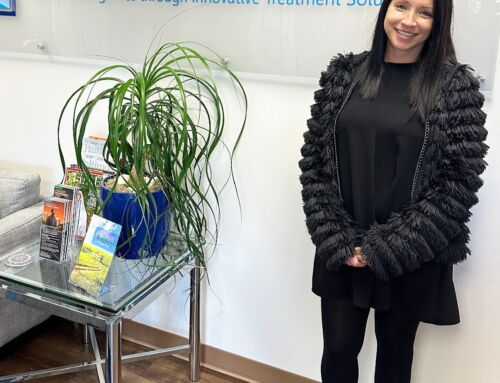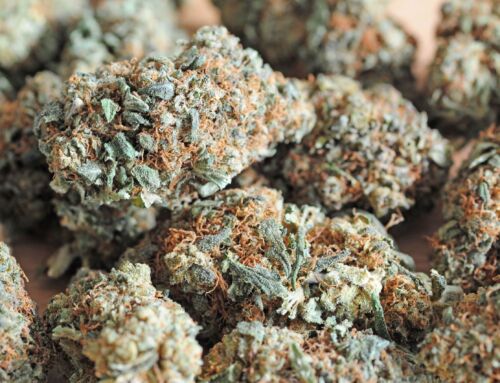On Tuesday, October 17th, 2017 Hazelden Betty Ford, the Mary Christie Foundation and the University of Maryland School of Public Health presented the event “Substance Use of College Campuses: New Approaches to a Perennial Problem” at the University of Maryland, College Park. The event brought national leaders in higher education, substance use prevention and policymaking together to present and discuss the latest trends, challenges and innovations in addressing student substance use on America’s college campuses.
Amongst those speaking and presenting were William Moyers of Hazelden Betty Ford, Dr. Jason Kilmer, Associate Professor of Psychiatry at the University of Washington, Center for the Study of Health and Risk Behaviors, Dr. Amelia Arria, Director of the Center on Young Adult Health and Development at the University of Maryland School of Public Health as well as presidents from Towson University, Howard University, University of Vermont, Miami University of Ohio and the University of Massachusetts system.
The information presented was supported by evidence and experience from both researches, administrators and those working in direct front-line student support in prevention and education. Several main points too priority in the presentations and discussions and this is information that parents of college aged students and soon-to-be college students need to take heed of and learn about. They revolved primarily around marijuana and alcohol use on college campuses.
The first major trend discussed was a disconnect between the perception parents and students have of marijuana use in college students and the actual impact of marijuana use. With national public opinion of marijuana shifting towards being a safe substance, supported by the movement to legalize medicinal and recreational marijuana use, many parents and even more young adults believe marijuana to be a safe, consequence-free habit. Many parents have the attitude that “I used it and it was no big deal, so it’s okay if my child is also using marijuana.” However, a groundbreaking new study of college administrators by the Mary Christie Foundation and the Hazelden Betty Ford Institute for Recovery Advocacy, along with numerous scientific research, finds that stance to be incorrect and problematic.
First, it is important to understand the difference between the potency of marijuana available in the past and the current potency of today’s marijuana. Just going back to the early 1990’s, there was about 3% to 3.5% of THC (the principal psychoactive constituent of cannabis) in marijuana. By comparison, studies showed that the THC in level high climbed to about 12% in 2012 and a recent study found that the potency of marijuana sold in stores (legally) in Washington state found levels of 16% or higher. Also, rather than smoking marijuana, but using it in concentrated oil, wax or hash form and smoking it (also known as “dabbing”) can have up to and around an 80% potency. In short, the weed that college-aged students’ parents smoked in college is not the same marijuana being used today.
So what is the impact of today’s marijuana on today’s college students and their still-developing brains? According to studies and public health experts, regular marijuana use among college students can lead to impaired memory, lack of motivation (including skipping classes), and problems with information processing and executive functioning. There is also a significant mental health risk associated with marijuana use that includes schizophrenia, depression and risk of suicide. A 2009 study concluded that “13% of schizophrenia cases could be averted if cannabis use was prevented.”
Additionally, the study by the Mary Christie Foundation and Hazelden Betty Ford showed that the “number of students with marijuana-related problems has either increased (37%) or stayed the same (32%)” and that data shows “that consistent marijuana use is a serious threat to students’ well-being and academic performance.” It also found that marijuana use is typically not something college students only partake in, but that marijuana use “also overlaps significantly with excessive drinking and other substance use, rather than being a substitute, and is associated with mental health problems and an increased risk for psychosis in vulnerable individuals, among other health risks.”
All this is taking place while parents and college students believe marijuana to be safe or, if not safe certainly “safer” than alcohol or other drugs. The evidence suggests this is not the case. And the numbers of college aged kids partaking in marijuana use is rising. The study showed that “between 2014 and 2016 the annual prevalence of marijuana use among college students increased by 14 percent. In addition, the perception of harm and risk associated with regular marijuana smoking among 18- to 22-year-olds has decreased from about 58% in 2000 to about 33% in 2015.” And among parents, students and even many college administrations, marijuana is not treated as seriously as alcohol.
The bottom line is that attitudes and opinions of marijuana being safe are increasing and the harms and risks associated with marijuana are lessening while the actual potency, dangers and risks of marijuana are rising. The impact is seen on students with physical and mental health, social, developmental and legal consequences. Yet many parents and students still believe, incorrectly, that marijuana use is harmless, perhaps even a “coming of age” behavior, similar to college drinking. Evidence demonstrates, through the impact seen by college administrators on nationwide college campuses, such a perception is incorrect.
Parents of teenagers and college students need to educate themselves on these issues. Simply because a child engages in marijuana use does not mean they will ultimately suffer some or even all of these consequences, but looking the other way, putting heads in the sand or believing it’s simply “harmless fun” is also not the right stance to take. Parents need to educate themselves on the potential consequences of college marijuana use and drinking. They need to educate their children and learn what are the best techniques and approaches to communicating with their children, setting healthy and supportive boundaries and engaging with school faculty and staff is they believe their child is having issues with marijuana or other substances. They need to understand what the best approach is to educate their children and if their children do become impacted by substance use disorder, what the correct and appropriate steps are for them to access support and treatment. Education, communication, transparency, treatment and support are all key in making sure parents are aware of the issues that may appear for their teenagers and college students once that move onto a college campus. The last thing a parent wants to be is uneducated, unaware and feel like they have been blindsided into a crisis. Find the right information, get educated and if needed, ask for help.
If you or someone you know is in need of help because of drug and/or alcohol abuse or addiction, please give us a call. Maryland Addiction Recovery Center offers the most comprehensive dual diagnosis addiction treatment in the Mid-Atlantic area. If we aren’t the best fit for you or your loved one, we will take the necessary time to work with you to find a treatment center or provider that better fits your needs. Please give us a call at (410) 773-0500 or email our team at Contact us today. For more information on all of our drug addiction and alcohol addiction services and recovery resources, please visit our web site at www.marylandaddictionrecovery.com.

Table of Contents





